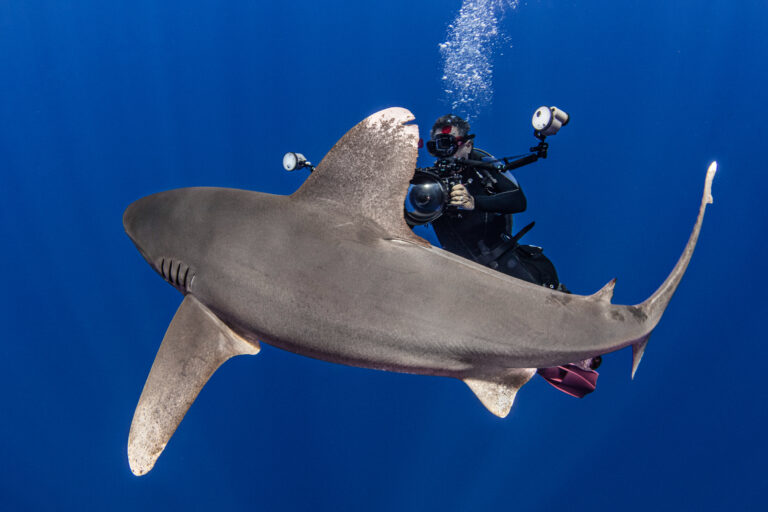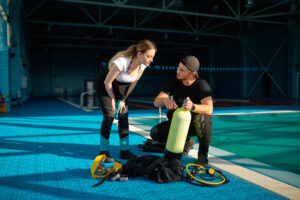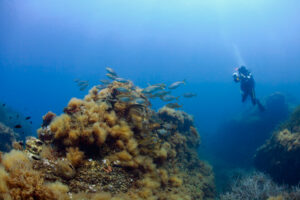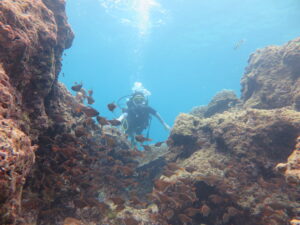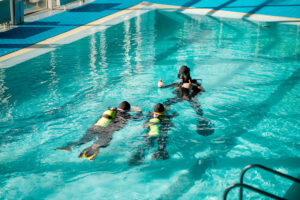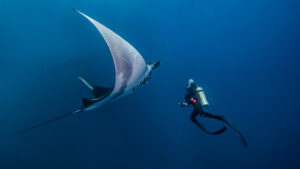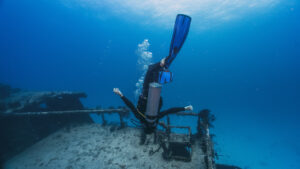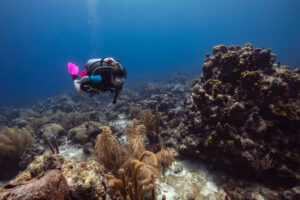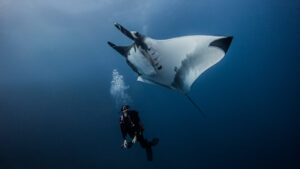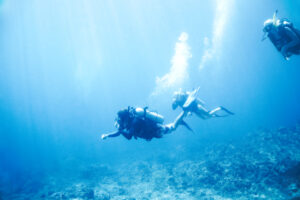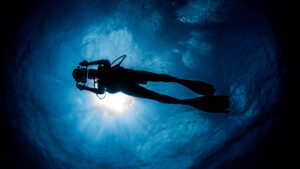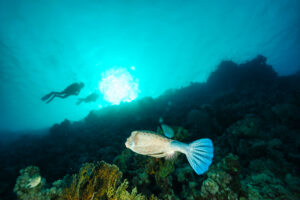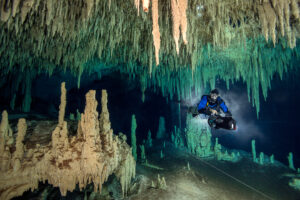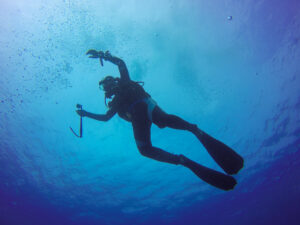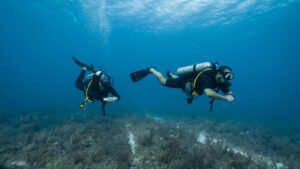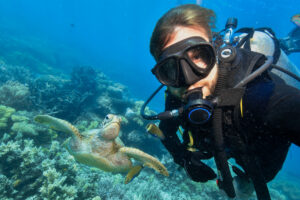What is Macro Photography in Scuba Diving?
Macro photography is a popular technique among scuba divers and underwater enthusiasts, is the art of capturing close-up images of small aquatic subjects, producing images larger than their real-life size. This specialized form of photography requires specific equipment and techniques to achieve stunning, detailed images of the underwater world’s intricate microcosms. The following entry explores the history, equipment, techniques, and tips for successful underwater macro photography.
HISTORY
The concept of macro photography dates back to the early 20th century, when scientists and photographers sought ways to magnify small subjects for better observation and documentation. With the advent of scuba diving in the 1940s and 1950s, the application of macro photography expanded to the underwater world, enabling divers to capture and share the beauty of the ocean’s smallest inhabitants. Over the years, macro photography has become an essential tool for marine biologists, researchers, and diving enthusiasts alike.
EQUIPMENT
Underwater macro photography requires specific equipment to produce high-quality images. Key components include:
CAMERA
A camera with a high-resolution sensor, manual controls, and a good autofocus system is essential for capturing detailed macro images. Both DSLR and mirrorless cameras can be used, but mirrorless cameras are becoming increasingly popular due to their compact size and lighter weight.
LENS
A dedicated macro lens with a high magnification ratio (1:1 or greater) is ideal for underwater macro photography. These lenses allow for close focusing and produce sharp, detailed images of small subjects. Popular focal lengths for macro lenses range from 60mm to 105mm.
HOUSING
A waterproof camera housing is required to protect the camera and lens while diving. Choose a housing specifically designed for your camera model, and ensure it has access to essential camera controls.
STROBES AND LIGHTS
Underwater lighting is crucial for illuminating the subject and revealing vibrant colors that are lost at depth. Strobes or continuous video lights are commonly used, often in combination. Positioning and diffusing the light is key to avoiding harsh shadows and backscatter.
MACRO ACCESSORIES
Wet lenses, diopters, and extension tubes can be attached to the camera’s lens to further increase magnification and improve close-up capabilities.
TECHNIQUES
To produce high-quality underwater macro images, divers must master several techniques:
BUOYANCY CONTROL
Excellent buoyancy control is essential for getting close to subjects without disturbing them or stirring up sediment. Practice hovering in a stationary position and fin pivoting to adjust your distance from the subject.
FRAMING AND COMPOSITION
Utilize the rule of thirds, negative space, and leading lines to create visually appealing images. Experiment with different angles, shooting from eye level, below, or above the subject.
FOCUS AND DEPTH OF FIELD
Achieving sharp focus on a small subject can be challenging. Use manual focus, focus peaking, or back-button focus to control the exact point of focus. Adjust the aperture to control the depth of field and isolate the subject from its surroundings.
LIGHTING
Position strobes or video lights to minimize backscatter and create soft, even lighting. Use diffusers and snoots to control the direction and quality of light, and experiment with different power settings to achieve the desired exposure.
PATIENCE
Underwater macro photography requires patience and persistence. Approach subjects slowly and calmly, and be prepared to spend time waiting for the perfect shot.
TIPS FOR SUCCESS
KNOW YOUR SUBJECTS
Familiarize yourself with the marine life in the area you are diving. This knowledge will help you anticipate their behavior and choose appropriate techniques and settings.
BE A RESPONSIBLE DIVER
Protect the underwater environment by practicing good buoyancy, not touching or harassing marine life, and maintaining a safe distance from delicate habitats such as coral reefs.
PRACTICE MAKES PERFECT
Develop your macro photography skills through practice, both in and out of the water. Experiment with different settings, lighting techniques, and compositions to find your personal style.
LEARN FROM OTHERS
Join online forums, social media groups, and local diving clubs to connect with other underwater photographers. Share your work, ask questions, and learn from the experiences and tips of others in the community.
INVEST IN EDUCATION
Participate in underwater photography workshops, courses, and seminars to learn from experts in the field. Gaining formal education in macro photography techniques and equipment will help you improve your skills and produce higher-quality images.
Key Takeaways
Underwater macro photography offers scuba divers a unique opportunity to explore and document the beauty of the ocean’s smallest inhabitants. By investing in the right equipment, mastering essential techniques, and continually learning from others, divers can capture stunning, detailed images of the underwater world’s fascinating microcosms. As a responsible diver and underwater photographer, always prioritize the protection and preservation of marine ecosystems while pursuing your passion for macro photography.

